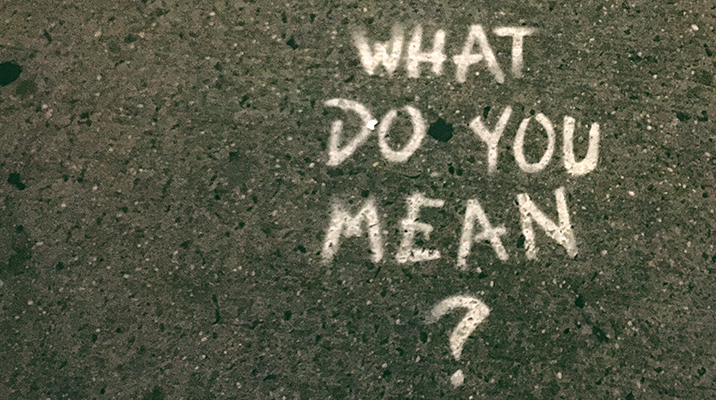The Three Stages of Editing a Novel

By Amy Fitzgerald, Associate Editorial Director, Carolrhoda Novels
There’s no one right way to edit a book, but when I tackle a middle-grade or YA novel, I usually divide my editorial process into three stages. Each stage calls for a different skillset, a different way of looking at the story. Here are some of the questions I ask myself at each stage.
Stage One: Big Picture
Are the main characters’ overall personalities and growth arcs believable and compelling? If not…
- How can the author clarify or change a character’s motivations?
- How can the author change a character’s actions or attitude at specific points in the story?
Are all the characters pulling their weight in the story, doing something that no other character could do? If not…
- Should the author cut a character or merge two characters into one?
- How can the author change certain characters’ roles?
Does the plot make sense in the context of the story’s universe (real world, fantasy world, historical era, etc.)? If not…
- Should the author cut a subplot?
- Should events happen in a different order?
- Should events produce different results?
Is the pacing working? If not…
- Which scenes or passages should the author cut?
- Which scenes can the author change to move the story forward more effectively?
- What scenes can the author expand so that they have more impact?
- What scenes can the author add to flesh out an underdeveloped aspect of the plot?
- Where should the author plant useful information—clues, foreshadowing, reminders of the stakes, or context—without bogging down the story?
Stage Two: Devils and Details
Should this crucial information revealed in Chapter 5 be foreshadowed in Chapter 2?
Why does this character express seemingly contradictory opinions in the same paragraph? If he believes both things, is he supposed to be unreliable, or are these two opinions supposed to be less contradictory? Should one opinion be cut or changed?
If the car was low on gas twenty miles ago, have the characters stopped for gas by now?
Would this character be wearing bloomers in 1873, a time when bloomers had fallen almost completely out of style?
How and when did this character get over to the window given that she was lying on the floor on the previous page?
Stage Three: You Keep Using that Word
Is this adjective necessary?
Is this word really supposed to be that word?
This character has used the same phrase seven times in close proximity. Which five should be cut?
Is this adjective necessary?
Does this character’s restatement of something the reader already knows add anything new to the reader’s experience? If not, cut it.
Is this adjective necessary?
Do these two words mean the same thing? If so, cut one.
Is Character A hesitating too long to tell Character B something? If so, cut three quarters of the false starts and “What! Tell me!”s.
Is this adjective necessary????
—
See how Amy’s strategy played out through The Disturbed Girl’s Dictionary and Truthers.
Comments
You forgot the sub-plot where the writer drinks a million pots of coffee and despairs for his/her future and/or for all humanity. Other than that, this post is amazing!